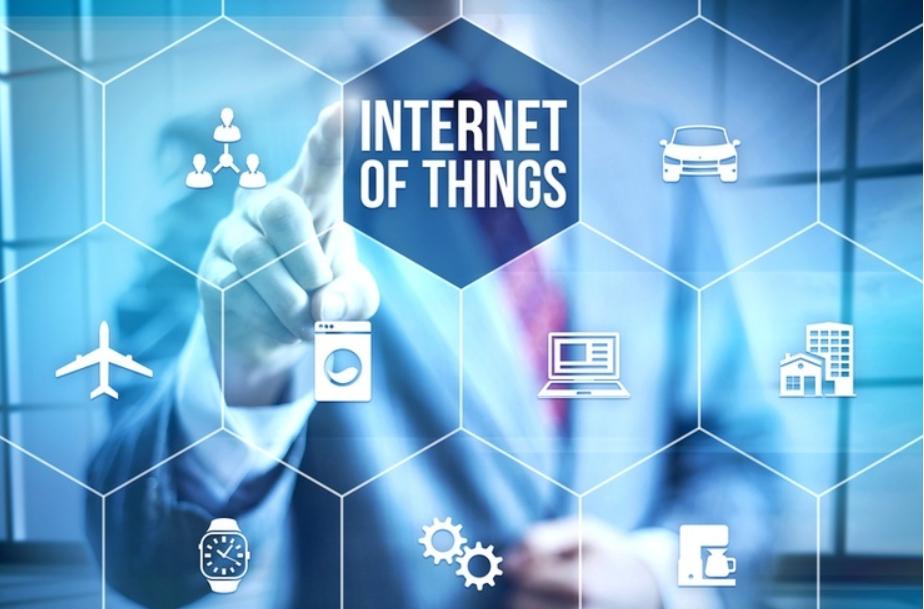
The Internet of Things (IoT) appears ready to enter the mainstream of corporate applications. Business use of IoT technology has climbed from 13% in 2014 to roughly 25% in the present day. The evolving technologies that support the IoT are both a cause and a motivation for this degree of adoption. One benefit of technical development is that IoT technology will become simpler to install, allowing a larger range of businesses to take advantage of IoT applications.
Furthermore, despite the fact that big businesses started spending a lot of money on IoT technology years ago, the winners of this most recent IoT maturity wave will be small and medium-sized businesses. They may nevertheless invest in user-friendly IoT solutions even if they do not have the resources to carry out customised installations. Private equity (PE) firms should reconsider the IoT as a sector that might help create considerable value because they frequently invest in midsize businesses. To that purpose, this article will provide an overview of the IoT market’s expansion, its key uses, and the components of the IoT technology stack. For PE funds interested in getting involved with the IoT as investors, owners, or partners, these insights may then be converted into economic advantages.
Varied Growth dependent on Fundamental Technology
IoT technologies are anticipated to develop at varying speeds as a result of their varying levels of novelty.
Connected devices often interact at low data volumes in wide-area IoT networks, which span broad geographic areas. From 2016 to 2022, it is anticipated that the number of related devices would increase by 30% annually. The deployment of 5G technology, which will significantly boost bandwidth and enhance network performance, is anticipated to be advantageous for wide-area IoT. New wide-area IoT networks will be made possible by the development of developing low-cost cellular alternatives.
Short-range IoT regions are covered by IoT networks. From 2016 to 2022, they are expected to expand at a rate of 20% annually and are predominantly used in applications for Industry 4.0 and smart homes.
A mature product category, smartphones are expected to increase at a 3 percent annual rate. The necessity for new equipment may increase growth rates as 5G connection becomes more widespread.
A mature category that is steady with 0% yearly growth is personal computers and tablets. Personal computers as a category are already in decline, notwithstanding modest industry use of tablets.
Enhanced Growth
Sensor technology, which is integrated into IoT devices, will continue to get increasingly affordable, sophisticated, and accessible. New sensor applications, such as extensive monitoring and detection, will be made available by this accessibility and affordability. In contrast, over the previous 15 years, processing power has risen by nearly 100 times. Hence, activities may be shifted away from local devices and towards cloud and edge computing solutions using applications like real-time analytics and artificial intelligence. Moreover, the introduction of 5G will enhance mobile connection and open up new applications for experiences like augmented and virtual reality.
Furthermore, the requirement to connect current IT equipment to the IoT will drive growth in the IoT industry. Traditional linked IT devices are growing, but slowly—only 2% annually. Yet, a huge market for device integration is indicated by the installed base of more than five billion cellphones, two billion personal computers, and one billion tablets.
Any advice provided by Investor Desk is general in nature only and does not take into account the personal financial situation, objectives or needs of any particular person.